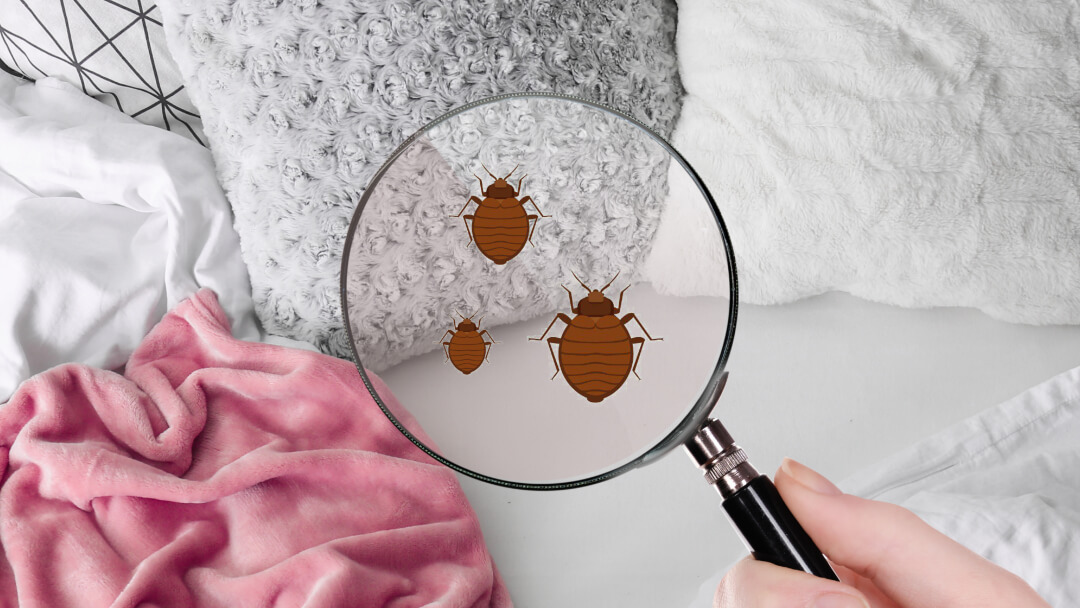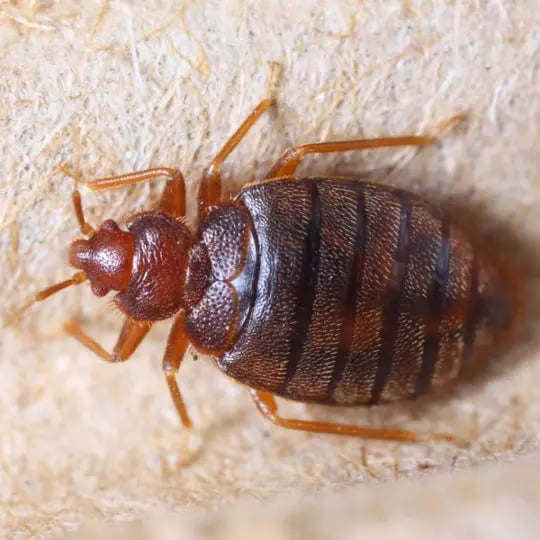Exploring the Scientific Research Behind Bed Bug Warmth Treatments as a Sustainable Parasite Management Method
In the realm of bug management, the mission for lasting and efficient options continues to be a continuous search. One such method that has gotten grip recently is making use of heat treatments to deal with bed bug invasions. By using the science behind thermal death points for these relentless pests, heat therapies supply a promising option to standard chemical-based strategies. The complexities of exactly how warmth properly eliminates bed bugs and the wider effects for lasting pest management practices make this a topic worth checking out additionally.
Bed Pest Warm Therapy Process

Thermal Death Factor for Bed Bugs
Subjecting bed bugs to elevated temperature levels beyond their thermal resistance array is vital for achieving efficient obliteration in warm treatment processes. The thermal fatality factor for bed insects describes the temperature at which these insects can not endure. Research suggests that bed pests begin to perish when subjected to temperature levels above 113 ° F(45 ° C) for a sustained duration. As the temperature level increases, so does the mortality price of bed pests. At around 118 ° F(48 ° C ), bed bugs begin to die swiftly, with a death rate of nearly 99% within mins of direct exposure. This shows the sensitivity of bed bugs to high temperature levels and highlights the performance of warmth treatments in eliminating invasions. By getting to and keeping temperature levels above the thermal death point for bed insects, bug monitoring specialists can ensure extensive elimination of bed insect populaces, consisting of hard-to-reach locations where chemical therapies might be much less reliable. Recognizing the thermal death factor for bed bugs is important for executing effective warm treatment methods and attaining lasting insect monitoring results.
Benefits of Heat Treatments
Having actually developed the vital thermal death factor for bed bugs, it is important to now discover the considerable benefits that warm treatments supply in successfully eradicating these resistant bugs. Heat therapies present numerous essential advantages when compared to typical chemical techniques. One of the key advantages is that warm can penetrate deep into holes and cracks where bed insects conceal, ensuring that also one of the most hard-to-reach areas are warmed to lethal temperatures. This thorough method not just eliminates live insects yet likewise targets bed insect eggs, preventing future invasions.
Additionally, warm therapies are ecologically friendly and non-toxic, making them a sustainable bug monitoring approach. Unlike chemical pesticides, warmth treatments do not leave hazardous residues hop over to these guys that can position dangers to human health and wellness or the atmosphere. This element is especially vital in delicate settings such as hospitals, schools, and suburbs where chemical usage might not be preferable.
Furthermore, warm treatments have a high success rate in eliminating bed pest problems in a solitary treatment, decreasing the need for multiple visits and minimizing disturbance to owners. This performance not only saves time and cash yet likewise offers assurance to those dealing with bed pest issues.
Effectiveness of Heat Therapy

Warm therapies have actually the included advantage of eliminating bed bug eggs, which are frequently resistant to conventional chemical therapies. Generally, the performance of warmth therapies in getting rid of bed bug infestations makes them a sustainable and reputable pest management strategy.
Sustainable Pest Management Benefits
Implementing lasting parasite administration methods provides long-term benefits for both the atmosphere and public health. By utilizing approaches such as warmth treatments for pest control, we can decrease the reliance on harmful chemical pesticides that can have unfavorable effects on communities and human health and wellness - exterminator. Sustainable pest administration approaches assist in preserving biodiversity by targeting specific insects without harming non-target microorganisms, consequently maintaining a well balanced community
Furthermore, lasting pest monitoring practices add to the overall wellness and well-being of the general public. By minimizing direct exposure to harmful chemicals made use of in conventional parasite control methods, warm therapies offer a more secure alternative for bug monitoring in domestic, business, and public spaces. This reduction in chemical use additionally helps in stopping chemical residues from polluting air, water, and dirt, safeguarding environmental high quality.
Verdict
Finally, bed insect warm therapies have actually been shown to be a lasting and reliable parasite management technique. The thermal fatality factor for bed pests makes them at risk to heat treatments, which have various advantages over standard chemical therapies. The performance of warmth therapies in removing bed bug infestations while reducing environmental effect highlights the capacity of visit the website this technique as a lasting option for bug control.
The bed pest warmth therapy procedure entails elevating the temperature level within ravaged locations to a degree that successfully removes bed insects and their eggs. By getting to and keeping temperature levels over the thermal death point for bed pests, parasite monitoring specialists can make certain thorough removal of bed insect populations, consisting of hard-to-reach areas where chemical treatments might be much less efficient. One of the main advantages is that warmth can pass through deep right into crevices and splits where bed insects hide, guaranteeing that even the most hard-to-reach areas are warmed to deadly temperatures. Unlike chemical treatments that might leave behind immune populations, warmth therapies provide a non-toxic and environmentally pleasant service that can penetrate deep right into furniture, walls, and various other hard-to-reach areas where bed pests conceal.
The thermal death factor for bed insects makes them susceptible to warmth treatments, which have numerous benefits over conventional chemical therapies.